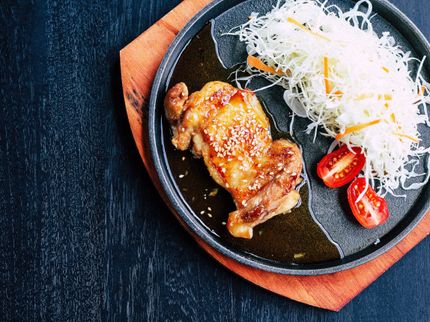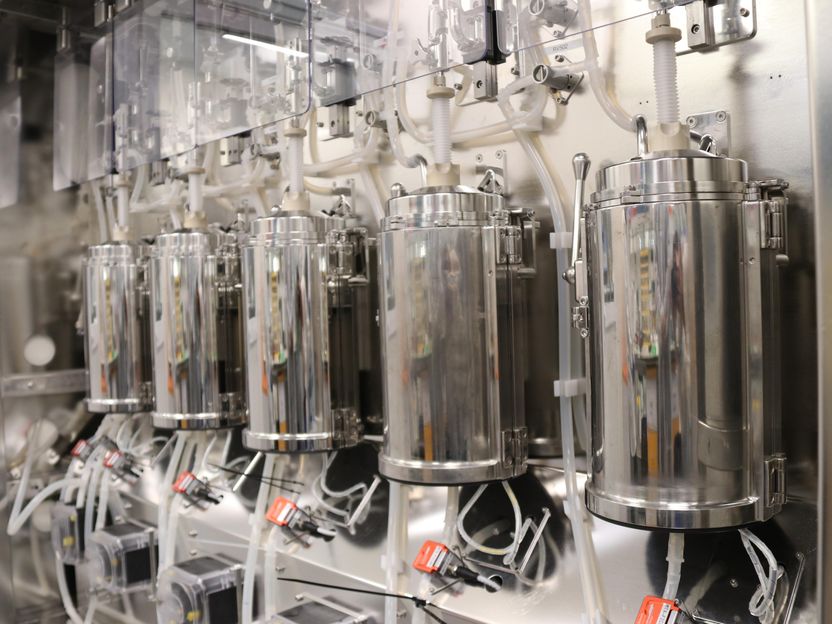By growing animal cells in rice grains, scientists dish up hybrid food
Beef, but make it rice: Scientists create affordable and sustainable protein alternative
From lab-grown chicken to cricket-derived protein, these innovative alternatives offer hope for a planet struggling with the environmental and ethical impacts of industrial agriculture. Now, Korean scientists add a new recipe to the list—cultured beef rice—by growing animal muscle and fat cells inside rice grains. The method, presented February 14 in the journal Matter, results in a nutritious and flavorful hybrid food that, once commercialized, could offer a more affordable protein alternative with a smaller carbon footprint.
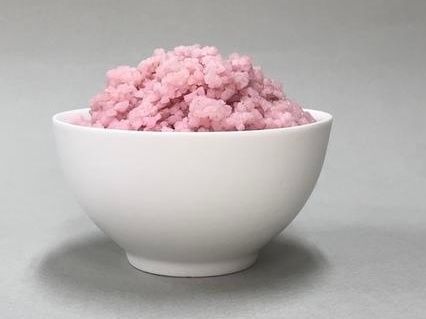
Growing animal muscle and fat cells inside rice grains
Yonsei University, CC BY-SA
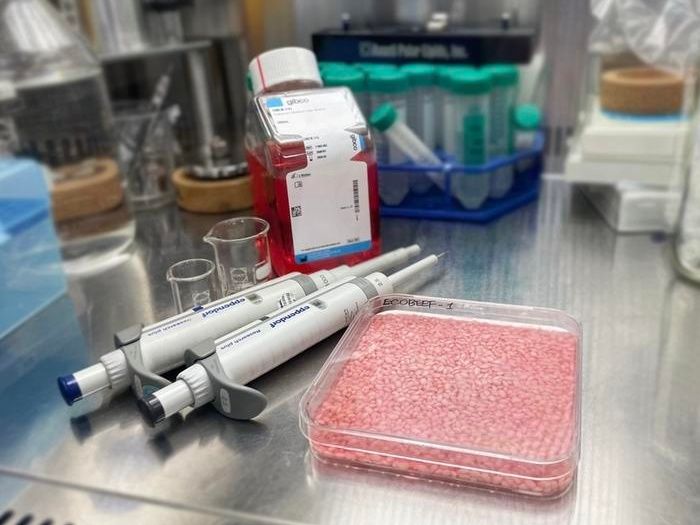
Scientists cultured cow muscle and fat cells in rice grains to create a hybrid food
Yonsei University, CC BY-SA
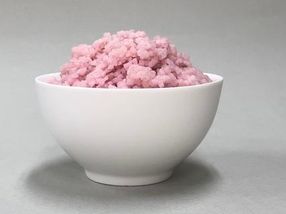

“Imagine obtaining all the nutrients we need from cell-cultured protein rice,” says first author Sohyeon Park, who conducted the study under the guidance of corresponding author Jinkee Hong at Yonsei University, South Korea. “Rice already has a high nutrient level, but adding cells from livestock can further boost it.”
In animals, biological scaffolds help guide and support the cells’ three-dimensional growth to form tissue and organs. To cultivate cell-cultured meat, the team mimicked this cellular environment—using rice. Rice grains are porous and have organized structures, providing a solid scaffold to house animal-derived cells in the nooks and crannies. Certain molecules found in rice can also nourish and promote the growth of these cells, making rice an ideal platform.
The team first coated rice with fish gelatin, a safe and edible ingredient that helps cells latch onto the rice better. Cow muscle and fat stem cells were then seeded into the rice and left to culture in the petri dish for 9 to 11 days. The harvested final product is a cell-cultured beef rice with main ingredients that meet food safety requirements and have a low risk of triggering food allergies.
To characterize the hybrid beef rice, the researchers steamed it and performed various food industry analyses, including nutritional value, odor, and texture. The findings revealed that hybrid rice has 8% more protein and 7% more fat than regular rice. Compared to the typical sticky and soft texture, the hybrid rice was firmer and brittler. Hybrid rice with higher muscle content had beef- and almond-related odor compounds, while those with higher fat content had compounds corresponding to cream, butter, and coconut oil.
“We usually obtain the protein we need from livestock, but livestock production consumes a lot of resources and water and releases a lot of greenhouse gas,” says Park. The team’s product has a significantly smaller carbon footprint at a fraction of the price. For every 100 g of protein produced, hybrid rice is estimated to release less than 6.27 kg of CO2, while beef releases 49.89 kg. If commercialized, the hybrid rice could cost around $2.23 per kilogram, while beef costs $14.88.
Given that the hybrid meat rice has low food safety risks and a relatively easy production process, the team is optimistic about commercializing the product. But before the rice makes its way to our stomachs, the team plans to create better conditions in the rice grain for both muscle and fat cells to thrive, which can further boost the nutritional value.
“I didn’t expect the cells to grow so well in the rice,” says Park. “Now I see a world of possibilities for this grain-based hybrid food. It could one day serve as food relief for famine, military ration, or even space food.”

